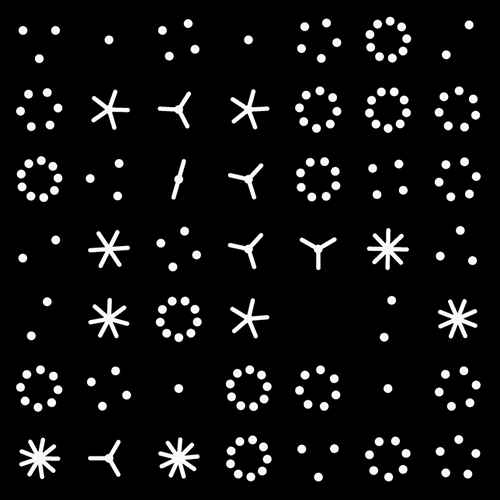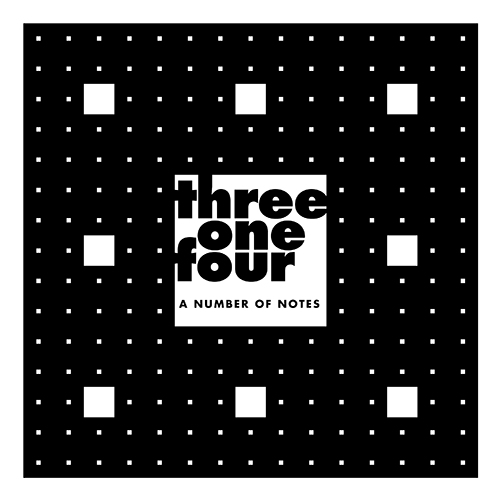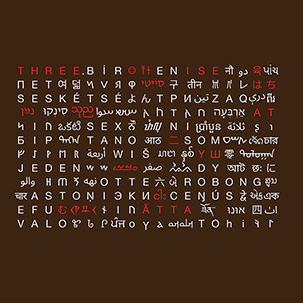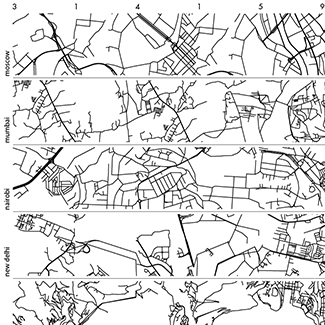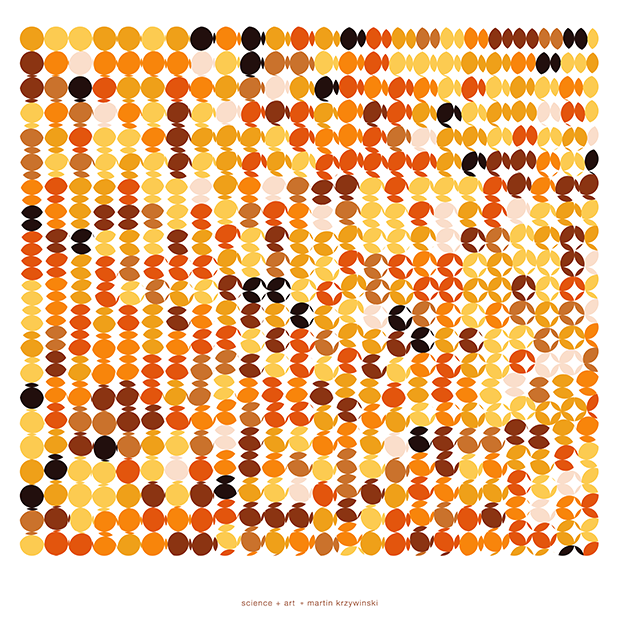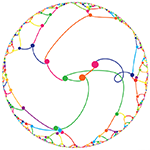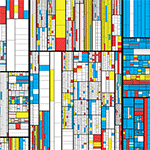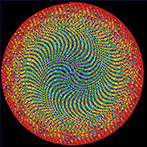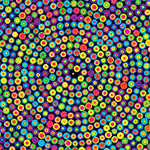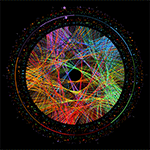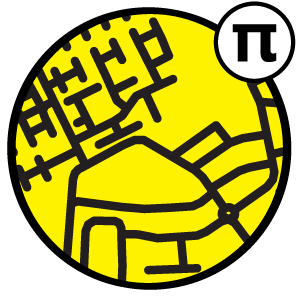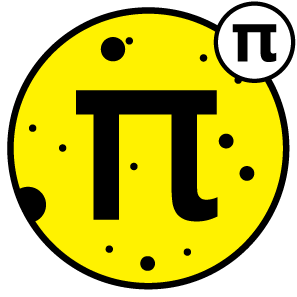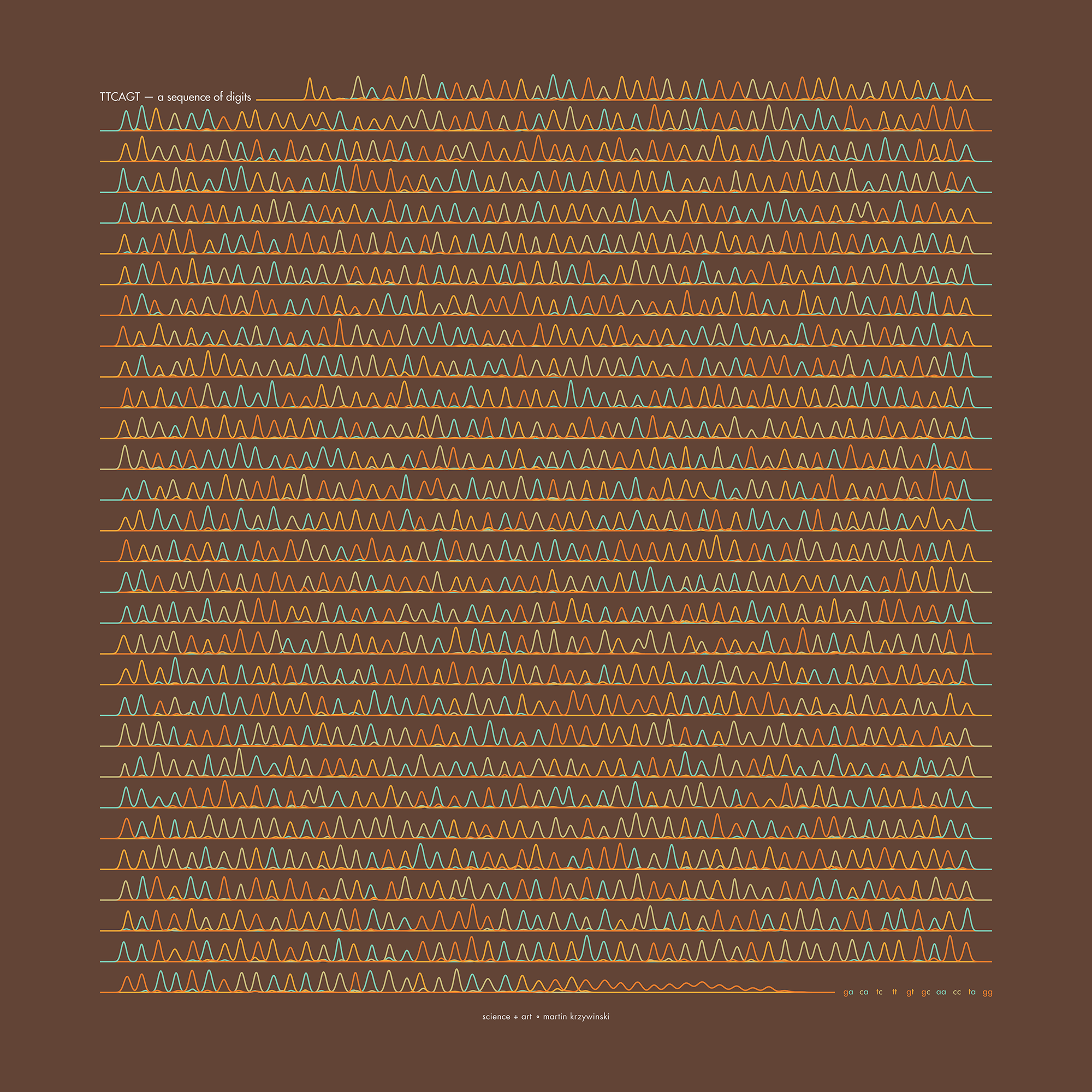 buy artwork
buy artwork
Pi Day 2022 — three one four: a number of notes — A musical journey into the digits of Pi
On March 14th celebrate `\pi` Day. Hug `\pi`—find a way to do it.
For those who favour `\tau=2\pi` will have to postpone celebrations until July 26th. That's what you get for thinking that `\pi` is wrong. I sympathize with this position and have `\tau` day art too!
If you're not into details, you may opt to party on July 22nd, which is `\pi` approximation day (`\pi` ≈ 22/7). It's 20% more accurate that the official `\pi` day!
Finally, if you believe that `\pi = 3`, you should read why `\pi` is not equal to 3.
3 There you go
1 Straight
4 Number me not
1 Scales
5 There is more of me
9 To forget than you can remember
—Emma Beauxis-Aussalet (314... piku)
Welcome to 2022 Pi Day: a celebration of `\pi` and mathematics (and music).
This year I've done something very different — a surprise for both the ear and eye. Working with Gregory Coles, we've composed an album based on the mathematics of `\pi`.
The album is called “three one four: a number of digits” . It is a sixteen minute musical exploration of the digits of `\pi`. Experience this famous number from its beginning (Track 1 314…) to its very (known) end (Track 6 ...264), as well as the math (Track 3 Wallis Product) and jokes (Track 2 Feynman Point) behind it and aspects of its digits, such as repetition (Track 4 nn) and zeroes (Track 5 null).
The album is scored for solo piano in the style of 20th century classical music – each piece has a distinct personality, drawn from styles of Boulez and Stockhausen (314…), Ligeti (Feynman Point), Reich and Glass (Wallis Product), Satie (nn), Feldman (null), Powell and Monk (...264).
Each piece is accompanied by a piku (or πku), a poem whose syllable count is determined by a specific sequence of digits from π. I came up with the concept of a piku for 2020 Pi Day.
9 We know we can never have it all
2 Never
4 But yet can we
2 Ever
6 In endless scarcity
4 Have just enough?
—Emma Beauxis-Aussalet (...264 piku)
The piku collection were written by Emma Beauxis-Aussalet set of piku and each piku follows a syllable count that closely matches the theme of its track.
Our album was the theme of a Numberphile Podcast “The First and Last Digits of Pi” and appeared in Nature Briefing for March 14, 2022.
I sit down with the composer of the album, Gregory Coles, and start the conversation about turning mathematics into music. Our attempt was to find a compelling balance between `\pi` and the heart of a musician.
We go through the list of tracks on the album and give you a sense of what to expect.
what to listen to first?
geek out on music theory and scores
If you're a music geek, you'll love our detailed discussion of the music theory behind each track and a thorough score analysis.
download score
The entire album is arranged for solo piano and lovingly engraved. You can download the full score.






Beyond Belief Campaign BRCA Art
Fuelled by philanthropy, findings into the workings of BRCA1 and BRCA2 genes have led to groundbreaking research and lifesaving innovations to care for families facing cancer.
This set of 100 one-of-a-kind prints explore the structure of these genes. Each artwork is unique — if you put them all together, you get the full sequence of the BRCA1 and BRCA2 proteins.
Propensity score weighting
The needs of the many outweigh the needs of the few. —Mr. Spock (Star Trek II)
This month, we explore a related and powerful technique to address bias: propensity score weighting (PSW), which applies weights to each subject instead of matching (or discarding) them.

Kurz, C.F., Krzywinski, M. & Altman, N. (2025) Points of significance: Propensity score weighting. Nat. Methods 22:1–3.
Happy 2025 π Day—
TTCAGT: a sequence of digits
Celebrate π Day (March 14th) and sequence digits like its 1999. Let's call some peaks.

Crafting 10 Years of Statistics Explanations: Points of Significance
I don’t have good luck in the match points. —Rafael Nadal, Spanish tennis player
Points of Significance is an ongoing series of short articles about statistics in Nature Methods that started in 2013. Its aim is to provide clear explanations of essential concepts in statistics for a nonspecialist audience. The articles favor heuristic explanations and make extensive use of simulated examples and graphical explanations, while maintaining mathematical rigor.
Topics range from basic, but often misunderstood, such as uncertainty and P-values, to relatively advanced, but often neglected, such as the error-in-variables problem and the curse of dimensionality. More recent articles have focused on timely topics such as modeling of epidemics, machine learning, and neural networks.
In this article, we discuss the evolution of topics and details behind some of the story arcs, our approach to crafting statistical explanations and narratives, and our use of figures and numerical simulations as props for building understanding.

Altman, N. & Krzywinski, M. (2025) Crafting 10 Years of Statistics Explanations: Points of Significance. Annual Review of Statistics and Its Application 12:69–87.
Propensity score matching
I don’t have good luck in the match points. —Rafael Nadal, Spanish tennis player
In many experimental designs, we need to keep in mind the possibility of confounding variables, which may give rise to bias in the estimate of the treatment effect.

If the control and experimental groups aren't matched (or, roughly, similar enough), this bias can arise.
Sometimes this can be dealt with by randomizing, which on average can balance this effect out. When randomization is not possible, propensity score matching is an excellent strategy to match control and experimental groups.
Kurz, C.F., Krzywinski, M. & Altman, N. (2024) Points of significance: Propensity score matching. Nat. Methods 21:1770–1772.
Understanding p-values and significance
P-values combined with estimates of effect size are used to assess the importance of experimental results. However, their interpretation can be invalidated by selection bias when testing multiple hypotheses, fitting multiple models or even informally selecting results that seem interesting after observing the data.
We offer an introduction to principled uses of p-values (targeted at the non-specialist) and identify questionable practices to be avoided.
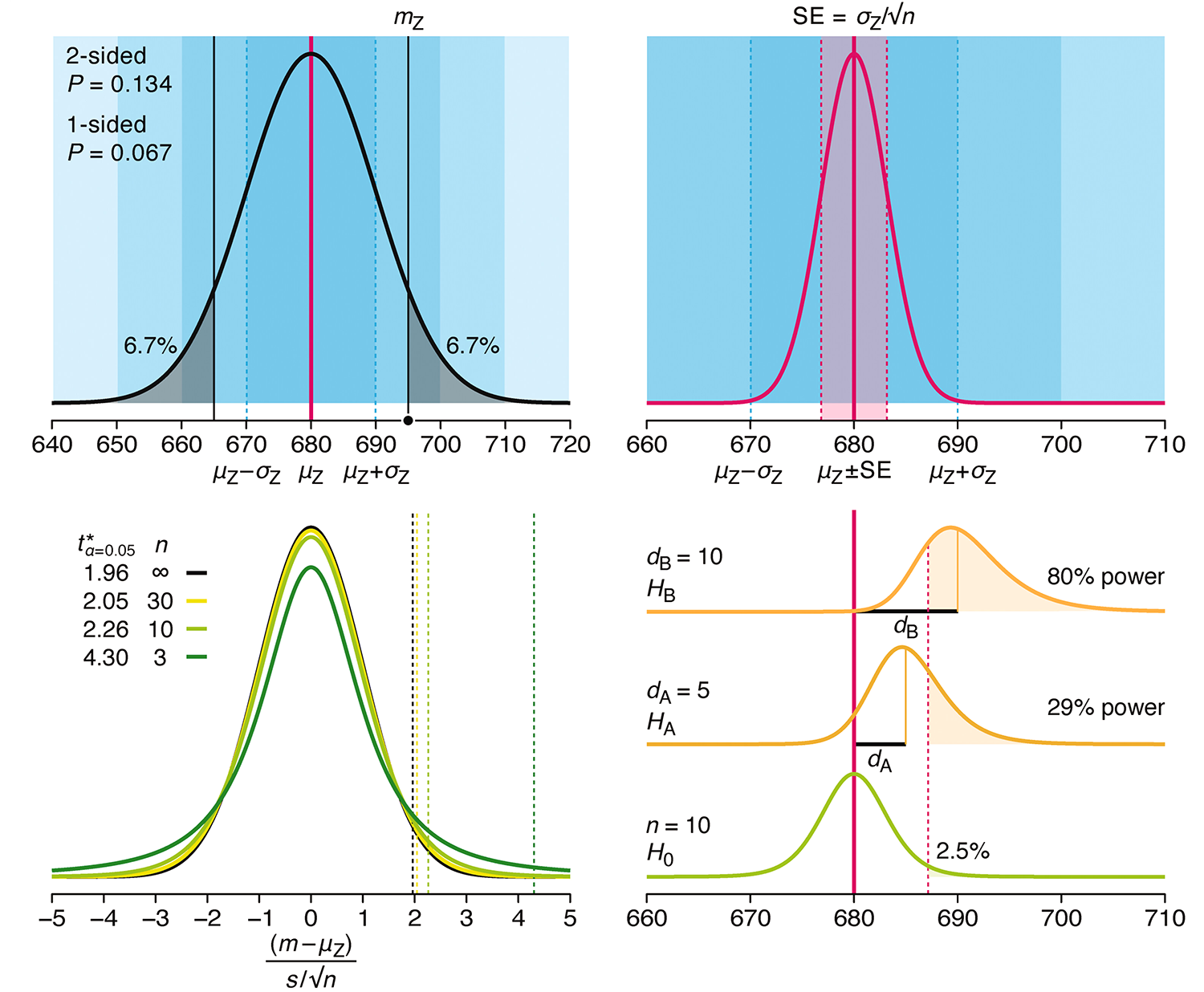
Altman, N. & Krzywinski, M. (2024) Understanding p-values and significance. Laboratory Animals 58:443–446.
